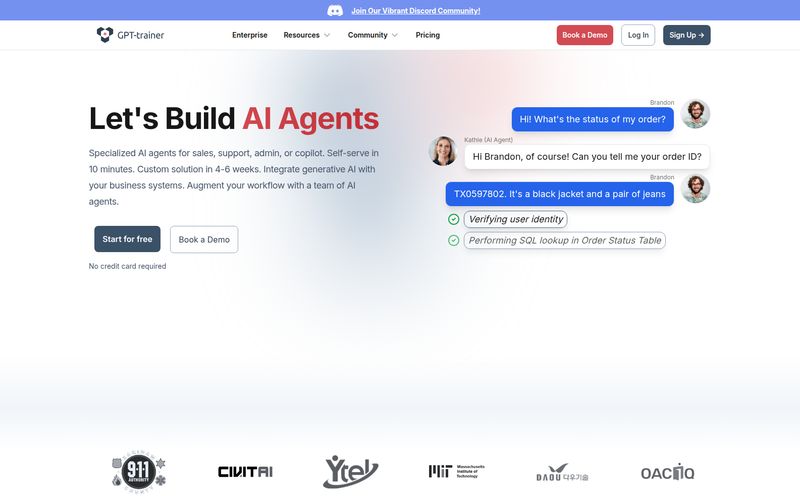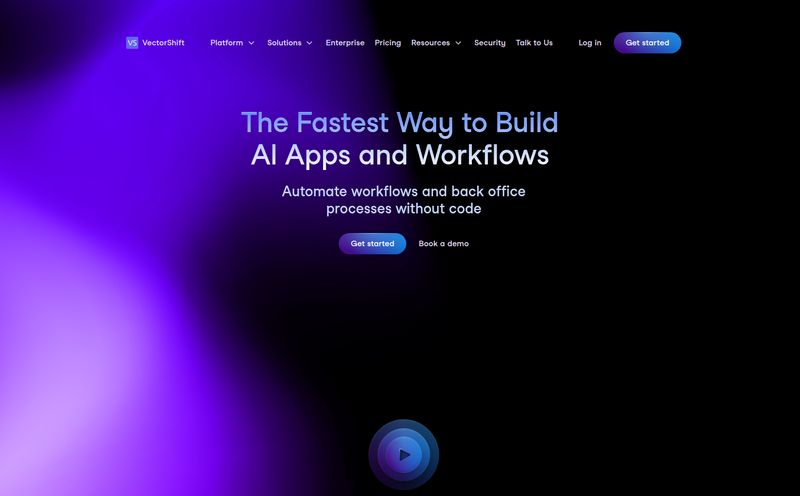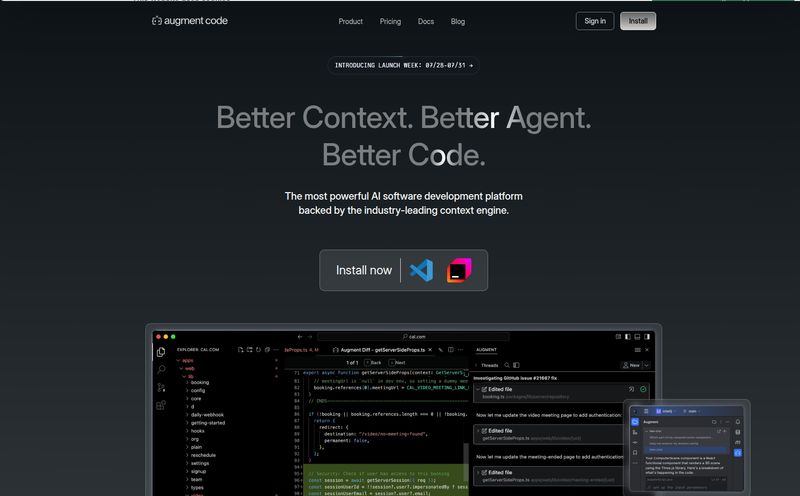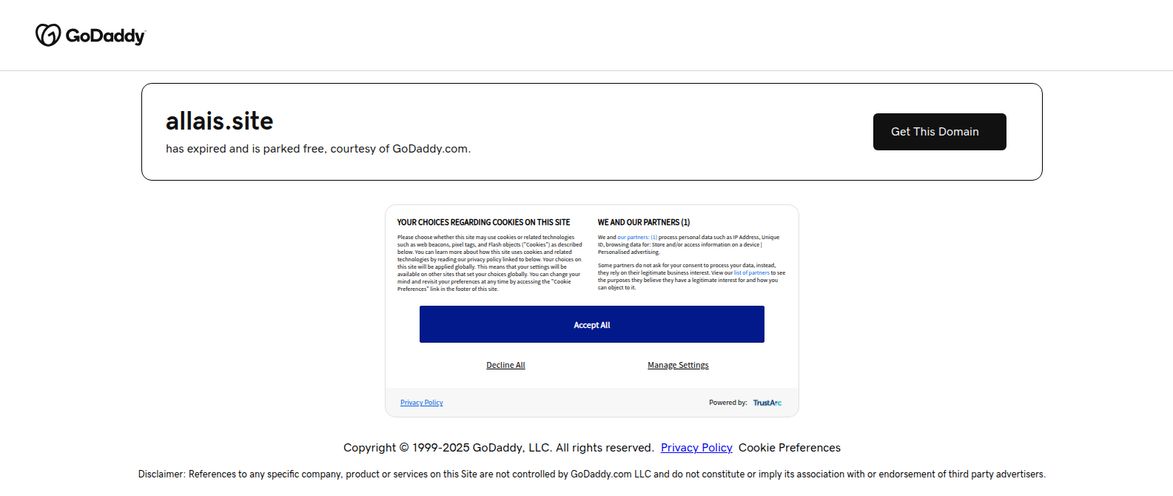For years, we've been obsessed with what Large Language Models (LLMs) can do. Can it write a sonnet? Check. Can it generate Python code? Yep. Can it explain quantum physics like I'm five? Sure. But we've spent a lot less time thinking about what it’s like to actually talk to these things.
We're interacting with some of the most sophisticated tech ever created through a plain old text box. It's like having a world-class chef who only serves you food in a brown paper bag. Functional, sure. But inspiring? Not so much. The conversation about AI user experience has been lagging, and frankly, it's getting a little stale.
That’s why when I stumbled upon LanguageUI, I felt that little spark of excitement. You know the one. The one that says, “Okay, someone gets it.” This isn’t just another Bootstrap clone. It's something different. Something built for the new era of conversational interfaces.
So, What Exactly is LanguageUI?
At its core, LanguageUI is an open-source design system and UI Kit. Big words, I know. Think of it like a giant, specialized box of LEGOs for building AI-powered apps. But instead of generic blocks, these are specifically shaped for creating rich, graphical conversations. It gives LLMs a way to respond with more than just words. They can now present information in tables, show user profiles, offer selection cards, and a whole lot more.
It’s built entirely in Figma, which is pretty much the industry standard for UI/UX design these days. And the whole point is to bridge the gap between a raw text response from an AI and a genuinely good user interface. It’s the blueprint for making your AI feel less like a command line and more like a polished application.

Visit LanguageGUI
The Goodies Inside the Kit
When you pop open the Figma file, it’s not just a handful of buttons and icons. It's a seriously comprehensive collection. We're talking over 100 UI components and more than 30 pre-built screens. This isn't just a starter pack; it’s a full-blown design accelerator.
Built for Actual AI Conversations
This is where it shines. You get stuff that you just don't find in a standard UI kit. Think about it: over 20 unique chat bubble designs for different types of messages, more than 10 conversational widgets for things like polls or quick replies, and even screen designs for complex multi-prompt workflows. It’s clear this was made by people who have actually tried to build a modern chatbot and gotten frustrated with the limitations.
Designed for Designers (and their Sanity)
For my fellow Figma nerds, this kit is put together beautifully. It uses Figma's Auto Layout, which means components are responsive and easy to adjust. No more nudging pixels for hours. It also comes with a full dark mode, and everything is tied to variables and styles. This makes customizing it to your own brand a much smoother process. You can change a primary color in one place and watch it update across dozens of screens. Its a huge time-saver.
The Good, The Bad, and The Figma File
Alright, no tool is perfect. As much as I'm jazzed about LanguageUI, we need to be realistic. Here’s my honest breakdown.
The biggest selling point is almost absurdly simple: it's free. In an industry where specialized tools can cost a small fortune, getting a design system this complete for the price of a click is incredible.
The fact that it’s open-source means a team with a tight budget can get a massive head start on designing a professional-looking AI product. The sheer number of components saves hundreds of hours of design work. That's real value.
Now for the reality check. The biggest hurdle is that LanguageUI is a design system, not a code library. You can't just run `npm install` and have these components appear in your React app. Your development team will have to take these beautiful Figma designs and build them in code. This is a critical distinction. If you don't have the dev resources to do that translation work, this kit is just a collection of pretty pictures.
It also, obviously, requires you to use Figma. If your team is built around other tools like Sketch or Adobe XD, you’re out of luck. And finally, being open-source means its future depends on community support. If the community moves on, the kit might not get updated. It's a risk you take with any community-driven project.
Who Is This Really For?
After playing around with it, I have a pretty clear idea of who will get the most out of LanguageUI.
This is a dream for product teams and startups building a new AI application. It lets you prototype and design a sophisticated conversational UI incredibly quickly. UI/UX designers can use it to create high-fidelity mockups that show exactly how the AI will interact with users, going way beyond simple text chats.
It's also fantastic for front-end developers who work closely with designers. With this kit, the design-to-development handoff becomes much clearer. The specs are all there in Figma, ready to be translated into beautiful, functional code.
Who isn't it for? If you're a solo developer looking for a plug-and-play, out-of-the-box component library, this probably isn't the right fit. The value is in the design, and you have to be prepared to do the implementation yourself.
The Bigger Picture for AI Interfaces
Tools like LanguageUI are more important than they might seem at first glance. They represent a shift in focus. For the past few years, the AI race has been about model performance—bigger, faster, smarter. But a powerful engine is useless without a good steering wheel and a comfortable seat.
The next great frontier is user experience. How do we make interacting with AI feel natural, intuitive, and even delightful? The answer isn't in a text box. It's in rich, graphical, and context-aware interfaces. It's about giving the AI a voice and a face, metaphorically speaking. LanguageUI doesn't solve the whole problem, but it provides a fantastic set of tools to start building those solutions.
Frequently Asked Questions about LanguageUI
1. Is LanguageUI really free to use?
Yes, it's an open-source project, which means it's free to download and use. You can typically use it in commercial projects, but it's always smart to double-check the specific license on their Figma Community page.
2. Do I need to be a designer or know how to code to use it?
To design mockups and play with the components, you'll need to be comfortable with Figma. To actually build a working application with these designs, your team will need front-end development skills to turn the designs into code.
3. How is this different from a general UI kit like Material Design?
While general UI kits are great for standard web apps, LanguageUI is purpose-built for conversational interfaces powered by LLMs. It includes specialized components like various chat bubbles, multi-prompt workflows, and AI-specific widgets that you wouldn't find in a generic kit.
4. Can I get LanguageUI for Sketch or Adobe XD?
As of now, LanguageUI is a Figma-first resource. The entire system is built using Figma-native features like Auto Layout and Variables, so a direct port to other tools isn't available.
5. How does it help my LLM display complex data?
LanguageUI provides the visual components for it. So if your LLM's output is, say, a list of flights, you wouldn't just show that as raw text. You'd instruct the AI to format its output as data that can then populate the pre-designed 'flight results card' component from the LanguageUI kit.
My Final Verdict
So, is LanguageUI a must-have? If you're in the business of building next-generation AI interfaces and your team lives in Figma, then my answer is a resounding yes. It's a powerful, well-crafted, and incredibly generous resource that can save you a ton of time and effort.
Just go in with your eyes open. Understand that it's a design blueprint, not a coded product. It’s the architectural plans, and you still need to bring in the construction crew. But with plans this good, you’re well on your way to building something amazing.
Reference and Sources
The official kit can usually be found on the Figma Community. A search for "LanguageUI" should get you there. (Example link structure: https://www.figma.com/community/file/12345-LanguageUI-for-LLMs)
For more on the importance of AI UX, I recommend reading O'Reilly's report on Designing for AI.



